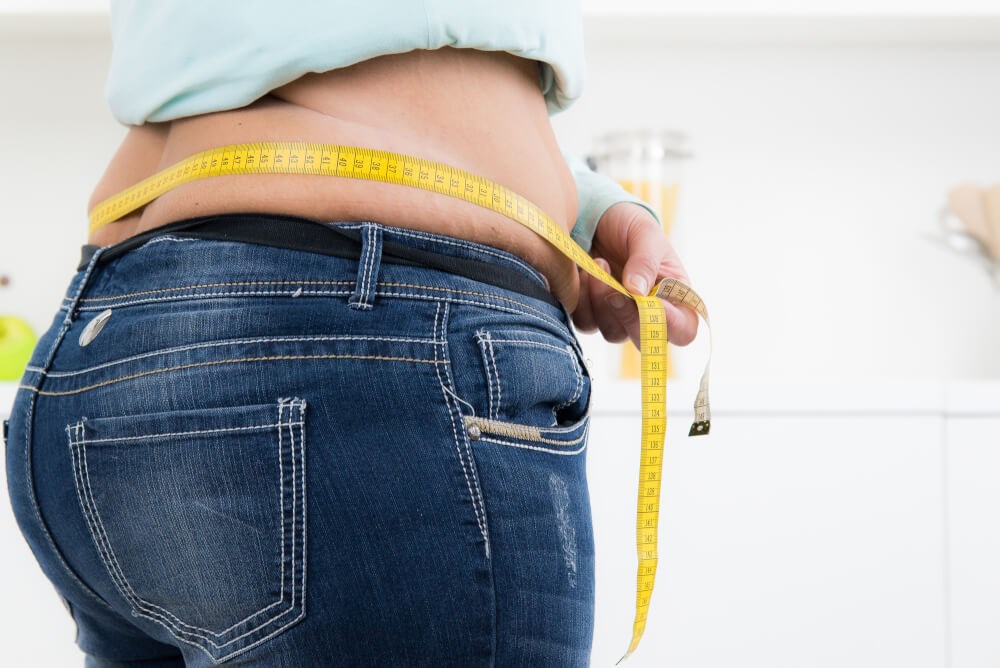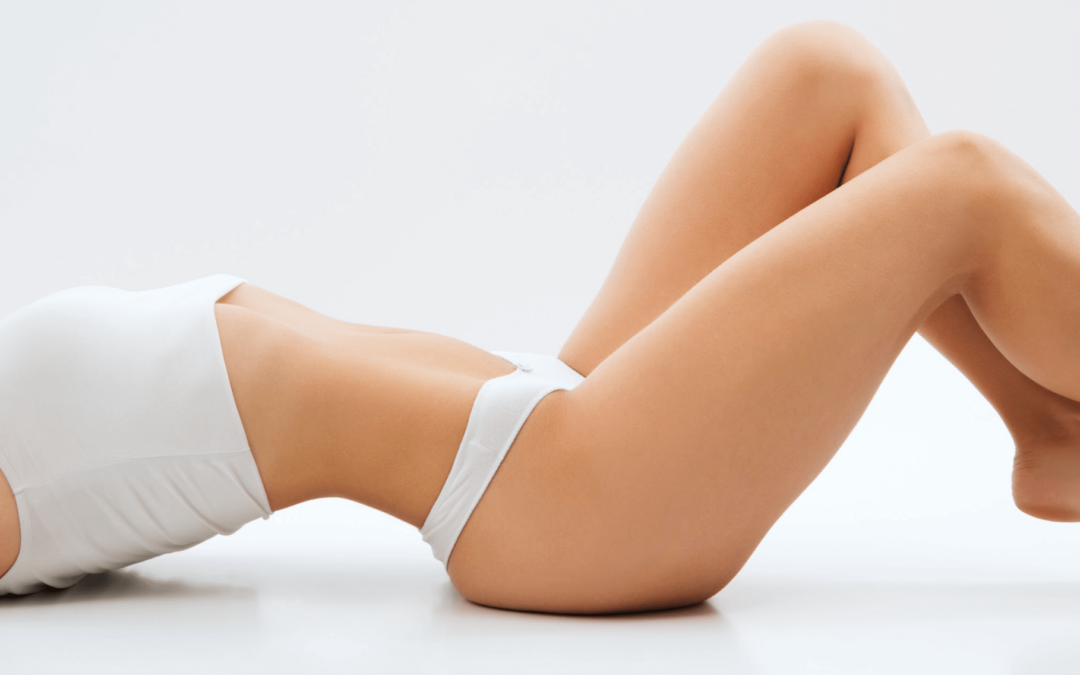The US population accounts for 5% of the world population, but 13% of the world's overweight and obese people.
It's possible that misdiagnosis is contributing to that problem. Without the right diagnosis, issues with weight can't be adequately addressed. Medical science is only now learning that a syndrome known as lipedema is often misdiagnosed as obesity.
Lipedema is a treatable condition that looks a lot like obesity. But it can't be treated in the same way. So, what are the options for lipedema treatment?
In this guide, we'll explain what lipedema is and the symptoms to look out for. We'll also offer a number of non-surgical and surgical treatment options.
Keep reading to find out more about lipedema and what you can do to help it.
WHAT IS LIPEDEMA?
Lipedema is also known as the painful fat syndrome. It's a chronic disorder that causes excessive fat deposits. These deposits gather under the skin in irregular ways.
Lipedema is most noticeable in the thighs, calves, ankles, and buttocks. As it progresses, it begins to affect the arms as well.
Lipedema causes visible lumps as well as cellulite. It can cause pain, tenderness, numbness, bruising as well as decreased mobility.
The good news is that this is a treatable condition.
WHO SUFFERS FROM LIPEDEMA?
Both men and women can have lipedema. It's far more common in women. Approximately 11% of women worldwide suffer from lipedema.
Lipedema can occur in both thin and obese individuals. It typically begins to develop in the teen years and gets worse over time.
DO I HAVE LIPEDEMA?
Some people diet and exercise their entire lives without any results. They're most commonly diagnosed with obesity or lymphedema.
One major difference between obesity and lipedema is that lipedema is resistant to diet and exercise. If you've been diagnosed with obesity or lymphedema and diet and exercise haven't had any effect, you may have been misdiagnosed lipedema.
CAUSES OF LIPEDEMA
It's believed that lipedema is a hereditary disorder. If your parents suffered from this chronic condition, you have a higher chance of suffering as well.
Because lipedema is more common in women, scientists suspect that female hormones are a big contributor to lipedema.
Although lipedema is often developed following puberty, pregnancy, menopause, and gynecological surgery may also trigger its onset. Stress can also contribute to lipedema.
PROGRESSION OF LIPEDEMA
Lipedema gets worse as time passes. The lower part of the body becomes heavier as fat deposits continue to build up. The legs become wide and column-like.
If lipedema isn't treated properly, it can lead to health issues beyond weight gain.
The lymphatic system helps balance body fluid and stave off infection. As fat deposits built, they block the vessels of the lymphatic system and serious health conditions develop. Infection is a big concern for people with late-stage lipedema.
When your body can't drain the lymph fluid, you may also develop lymphedema. This is a buildup of lymph fluid.
Other secondary health issues include delayed healing of wounds, the development of fibrosis, as well as hardened skin in the legs.
LIPEDEMA TREATMENT OPTIONS
There are surgical and non-surgical treatments for lipedema. A combination of both will achieve the best results.
NON-SURGICAL TREATMENTS
Your doctor may be able to prescribe medication to reduce inflammation. You'll have to obtain the proper diagnosis to decide what medication is right for you.
Although a healthy diet and regular exercise won't help rid of fat, it can help you lose non-lipedema fat and reduce any inflammation. It may also help reduce fluid buildup, increase your mobility, and maintain mobility in your legs.
Having the lymphatic system drained with massage stimulates the flow of lymph fluid and encourages drainage into the venous system. This both relieves pain and prevents the onset of fibrosis.
Compression garments can decrease the odds of fluid building up once it's been drained. Breathing techniques can also increase circulation and blood flow.
Dry brushing is another option for non-surgical treatment. Using a brush on affected areas helps alleviate pressure under the skin by stimulating circulation.
Taking care of nails and skin is important for people with lipedema. It lowers the risks of infection and wounds.
SURGICAL TREATMENTS
There are 3 main surgical treatments for lipedema.
SAFELIPO
SAFELipo stands for separation, aspiration, fat, and equalization. This is a form of liposuction that relieves congestion to spare lymphatics. It also debulks the fat deposits that build up with lipedema.
WATER ASSISTED LIPOSUCTION (WAL)
In this form of liposuction, water is used to separate fat from nerves, blood, vessels, and lymphatics.
This treatment is very gentle. It uses patients who experienced progressed lipedema that left them feeling more fragile.
WAL allows surgeons to treat the worst areas first. This relieves congestion and swelling in the areas that cause the most pain.
BODY LIPOLIFT
Body LipoLift is a specialized technique developed to treat lipedema. It involves both liposuction and surgical skin reduction.
Reducing the amount of skin after liposuction decreases the chance of reoccurring lipedematous fat. In this way, removing the skin will result in tighter skin.
Tightening skin is a form of compression. As mentioned, compression decreases fluid buildup, which can help compression garments fit better.
RECOVERING FROM SURGICAL LIPEDEMA TREATMENT
The liposuction treatments described above are not only safe but are also outpatient treatments. They require no stay in an aftercare facility and require very little recovery time.
Most patients are able to return to work within a week of surgery. They can also eat a regular meal the following day.
In using the Body LipoLift technique developed by one of the best plastic surgeons in Beverly Hills, fat is reduced at the same time that skin is tightened. The benefit is less surgery and less overall recovery time.
COST OF SURGICAL LIPEDEMA TREATMENT
Depending on how much fat is being removed as well as which liposuction treatment is best for you, the costs will vary. Typically, a lipedema treatment can cost anywhere from $4000 to $16000.
ARE YOU SUFFERING FROM PAINFUL FAT SYNDROME?
If you've been diagnosed with lipedema or suspect that you've been misdiagnosed with obesity, lipedema treatment can help relieve your pain, swelling, and psychological suffering. Contact us for your personalized consultation.



